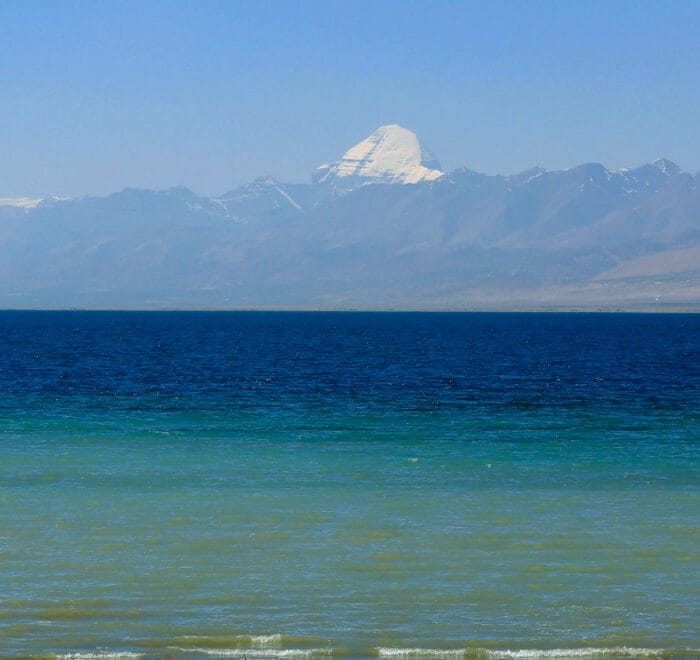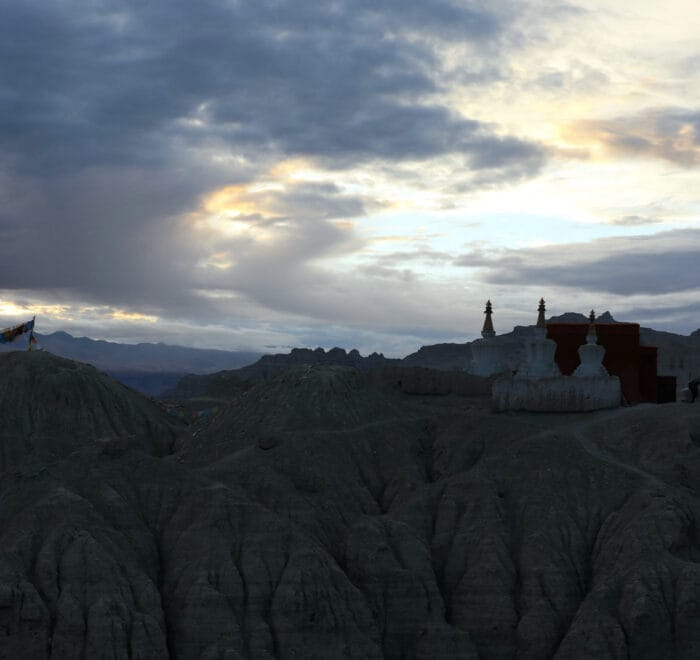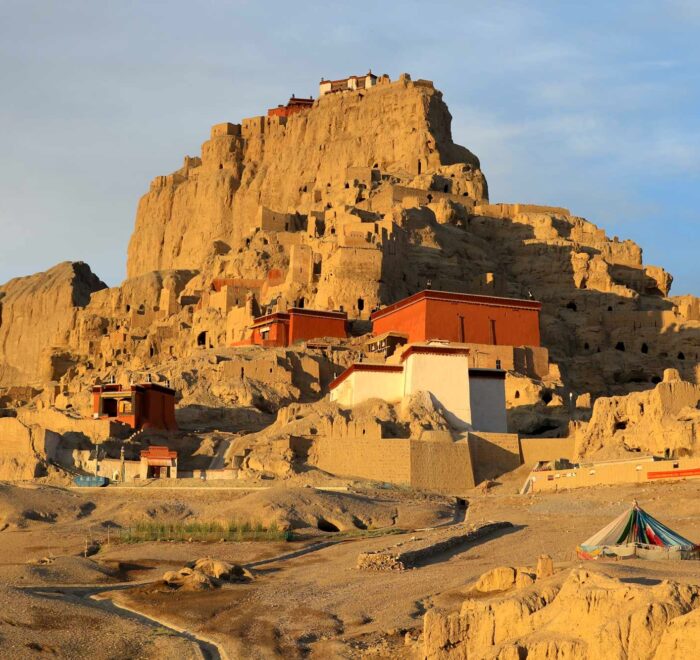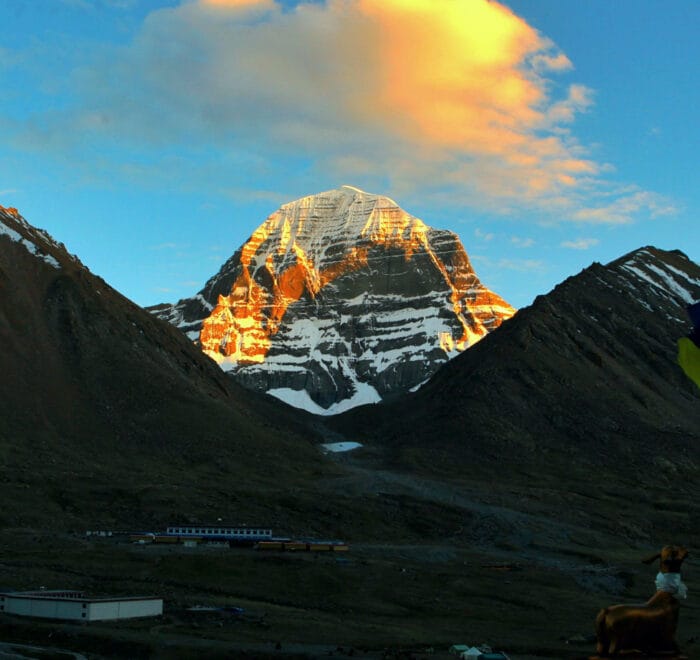
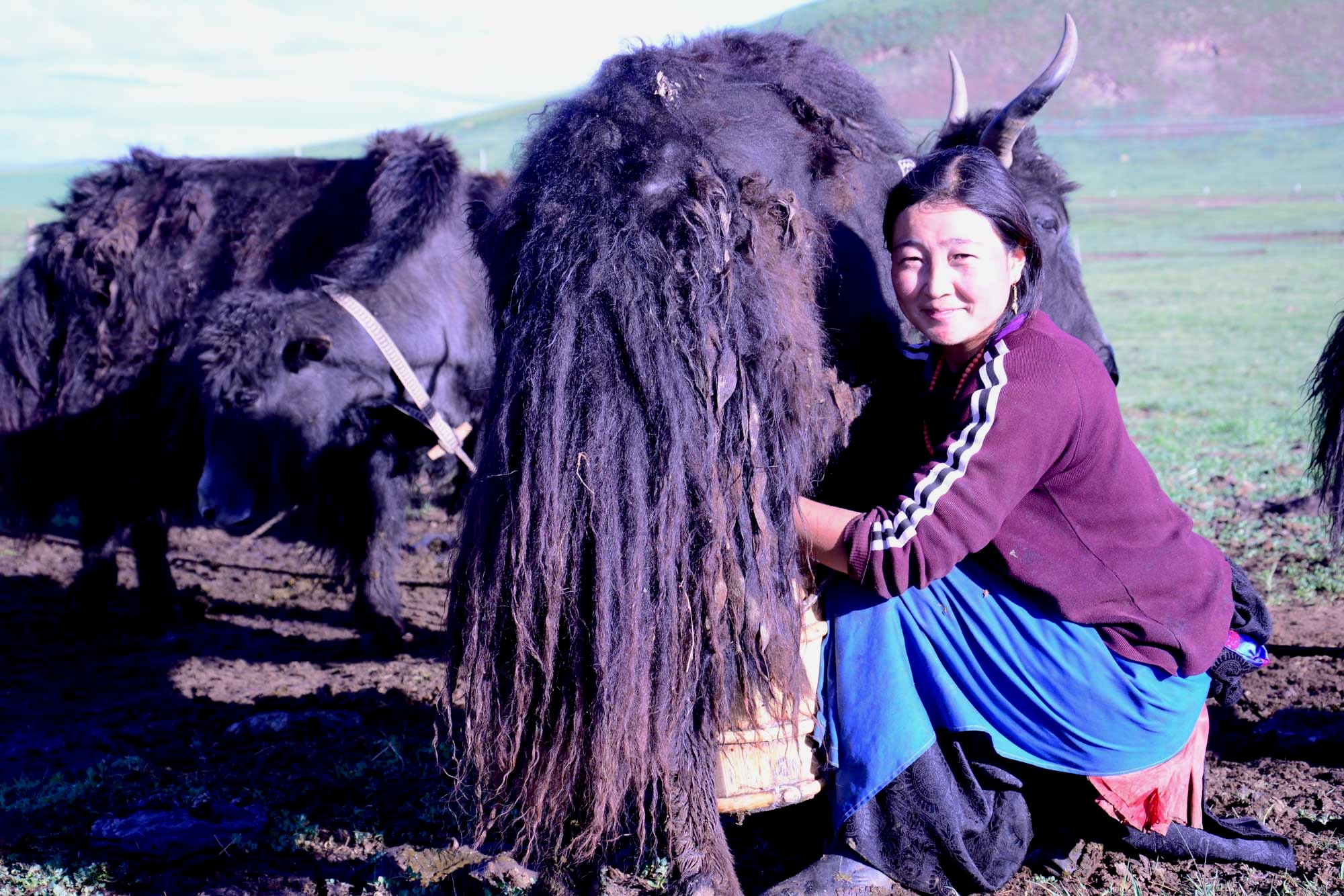 6-Day Amdo Tibetan Family Homestay Tour
Xining, Qinghai From $890
6-Day Amdo Tibetan Family Homestay Tour
Xining, Qinghai From $890
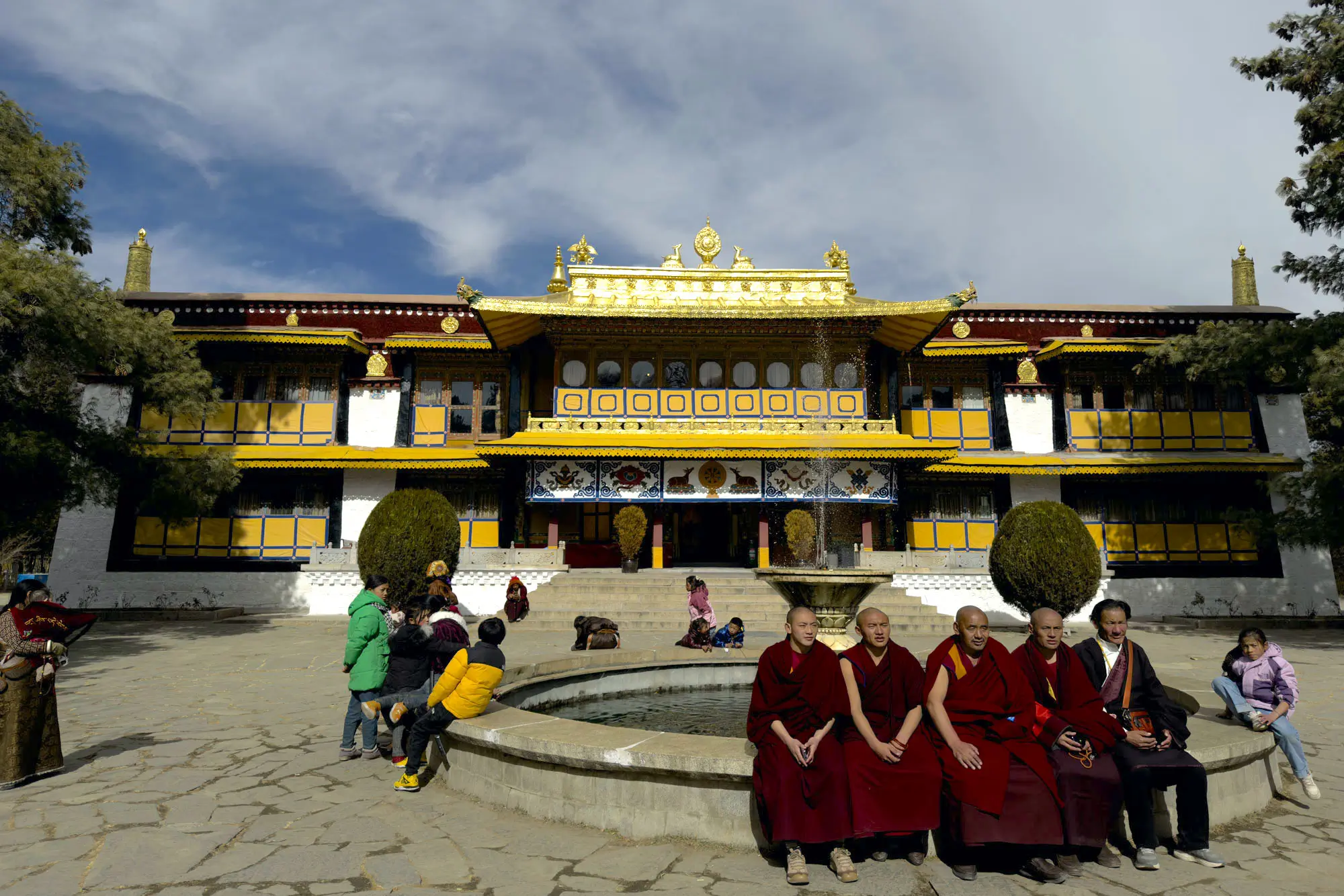 3-Day Journey to Lhasa’s Spiritual Heart
Lhasa, Tibet Autonomous Region From $400
3-Day Journey to Lhasa’s Spiritual Heart
Lhasa, Tibet Autonomous Region From $400
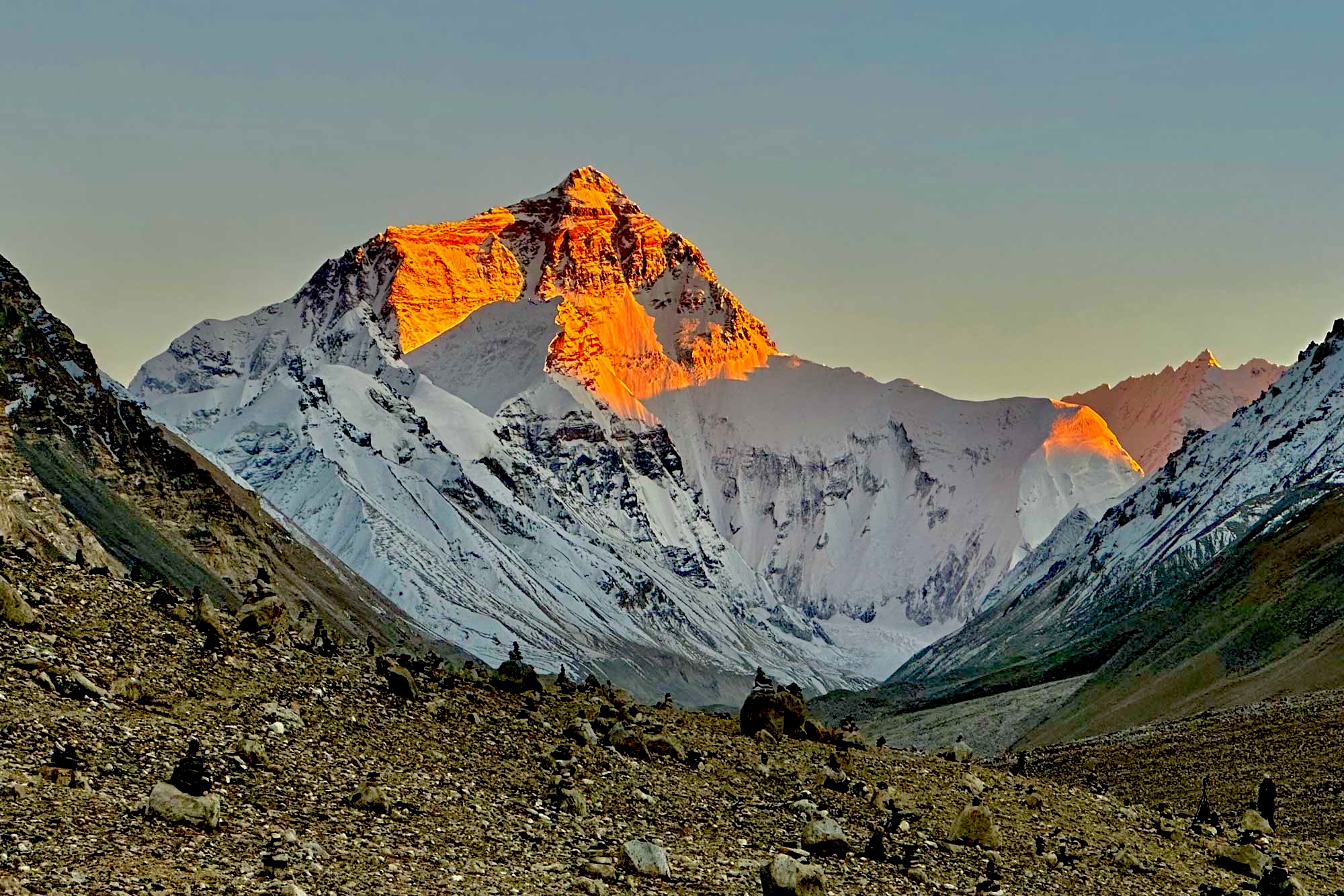 7-Day Lhasa to Kathmandu via the Everest
Lhasa - Kathmandu From $999
7-Day Lhasa to Kathmandu via the Everest
Lhasa - Kathmandu From $999
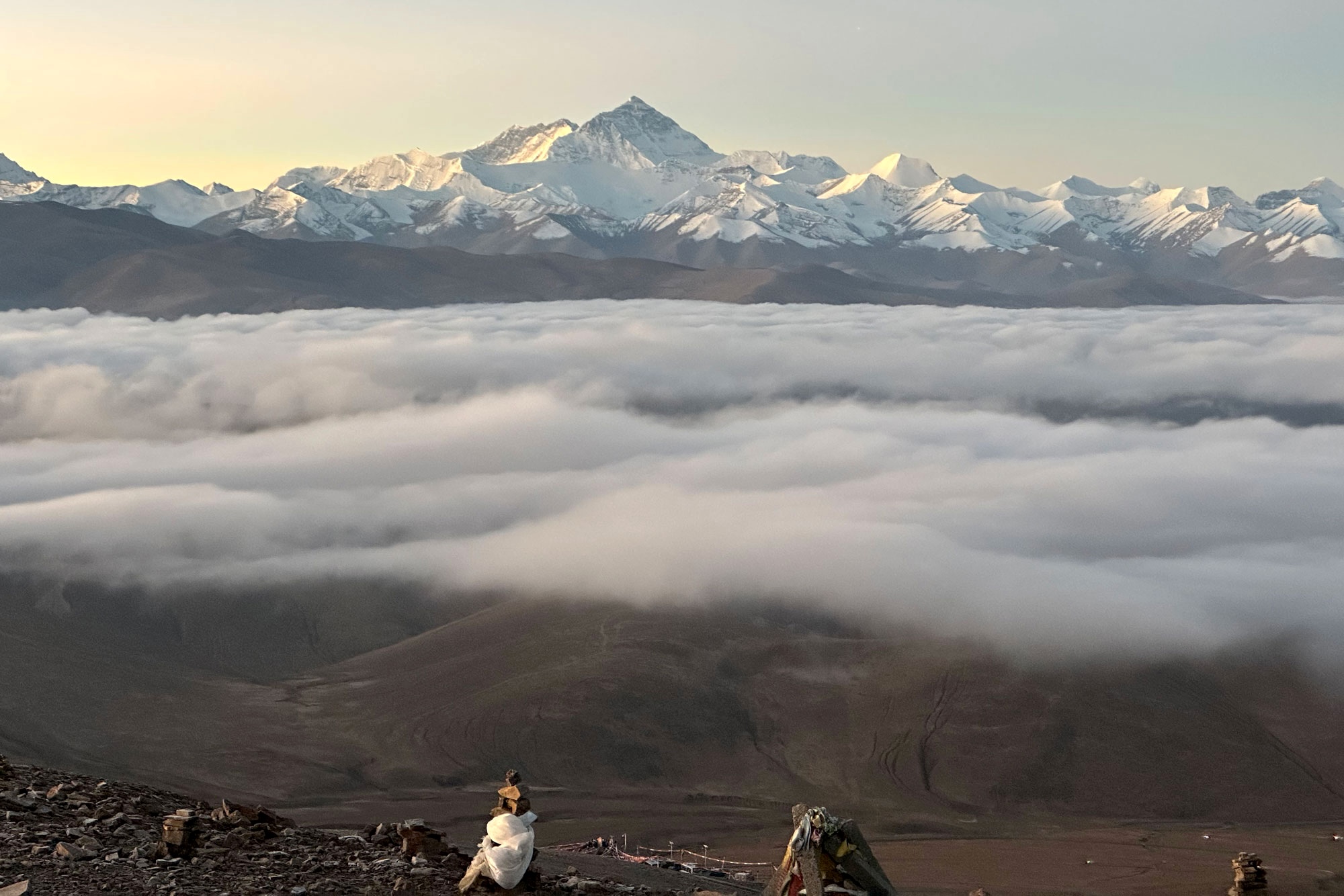 8-Day Everest Small Group Tour
Lhasa, Tibet Autonomous Region From $850
8-Day Everest Small Group Tour
Lhasa, Tibet Autonomous Region From $850
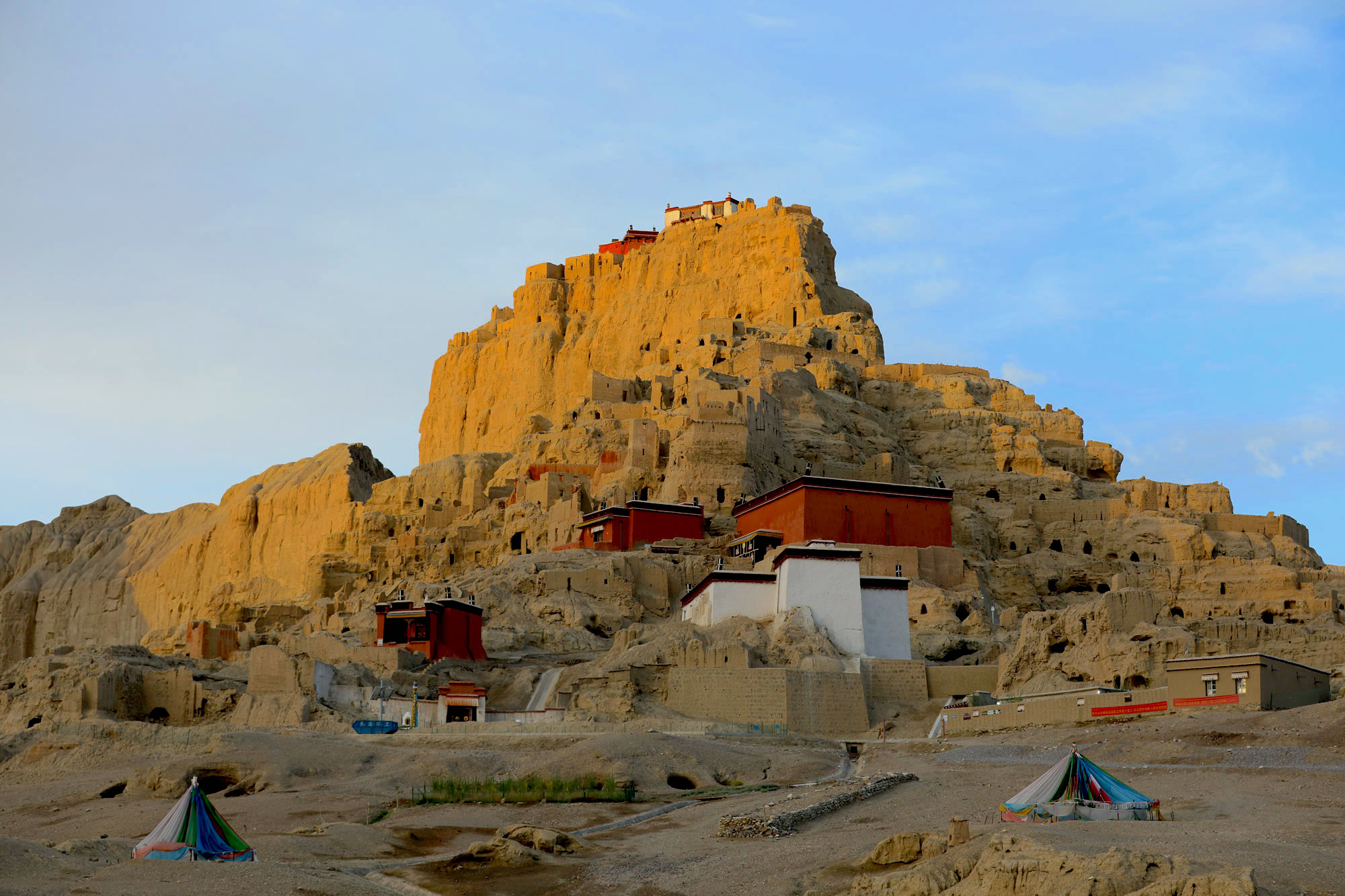 17-Day Guge Kingdom Trip With Kailash
Ngari, Tibet Autonomous Region From $2600
17-Day Guge Kingdom Trip With Kailash
Ngari, Tibet Autonomous Region From $2600Lake Mansarovar, located in the remote region of western Tibet, is one of the most sacred and awe-inspiring bodies of water in the world. Revered by Hindus, Buddhists, Jains, and Bon followers alike, Mansarovar holds a profound spiritual significance and is a key destination for pilgrims undertaking the sacred Mansarovar Yatra. Surrounded by snow-capped peaks, including the majestic Mount Kailash, Lake Mansarovar is not only a spiritual site but also a natural wonder, offering breathtaking landscapes and serene beauty.
This travel guide will explore the significance of Lake Mansarovar, provide insights into its spiritual importance, and offer practical travel tips for those planning to visit this divine destination, including how to reach Mapam Yumtso, the Tibetan name for Lake Mansarovar.
Lake Mansarovar is considered one of the holiest lakes in the world, especially for Hindu, Buddhist, and Jain pilgrims. It is believed to have been created by Lord Brahma, the Hindu god of creation, in Hindu mythology. According to legend, Lord Shiva, the destroyer god, performed his meditation here, and the lake is thought to purify the souls of those who bathe in its waters.
For Buddhists, Lake Mansarovar holds great religious significance, as it is closely associated with Mount Kailash, the abode of Lord Shiva and one of the most sacred mountains in Buddhism. The Mansarovar Yatra, an annual pilgrimage, attracts thousands of pilgrims each year who seek blessings, purification, and enlightenment from the lake’s holy waters.
In Jainism, Mansarovar is also revered as the place where Lord Rishabhanatha, the first Jain Tirthankara, attained nirvana. The lake, in the spiritual belief of Jains, symbolizes the connection between the material and spiritual realms.
Additionally, the lake is also sacred to followers of the Bon religion, where it is believed that Mapam Yumtso is a significant site for meditation and spiritual practice.
Located at an altitude of approximately 4,590 meters (15,060 feet), Lake Mansarovar is one of the highest freshwater lakes in the world. The lake spans about 320 square kilometers and is surrounded by the majestic Himalayan Mountains, making it one of the most picturesque and serene destinations in Tibet.
The stunning Mapam Yumtso (Tibetan name for Lake Mansarovar) sits in the Ngari Prefecture of western Tibet, close to the base of Mount Kailash. The lake’s crystal-clear waters, coupled with the rugged terrain and snow-capped peaks, create a mesmerizing landscape, perfect for photography and nature enthusiasts.
The tranquil, pristine environment surrounding the lake offers spiritual solace and a perfect backdrop for reflection. Many visitors undertake the pilgrimage around the lake, a journey that can take several days, to complete the Kora(circumambulation) of Mount Kailash and Lake Mansarovar. This sacred walk is believed to purify one’s karma and lead to spiritual liberation.
The Mansarovar Yatra is a deeply significant pilgrimage for Hindus, Buddhists, Jains, and Bon followers. It is often undertaken in conjunction with the Kailash Yatra, which involves circumambulating Mount Kailash. Pilgrims believe that a visit to Lake Mansarovar and the completion of the Mansarovar Yatra leads to the attainment of Moksha, or liberation, from the cycle of birth and death.
The pilgrimage can be a physically demanding journey due to the high altitude and challenging terrain. Pilgrims often perform ritual baths in the holy lake’s waters, drink its sacred water, and perform prayers. Many also carry sacred offerings to Mount Kailash, following an ancient tradition that has existed for centuries.
Travelers who are looking to undertake the Mansarovar Yatra should be prepared for the high-altitude conditions and should consult with a travel agency or tour operator specializing in Tibet travel to arrange the necessary Tibet permits, accommodations, and local Tibetan tour guides for this sacred journey.
Visiting Lake Mansarovar requires careful planning, as the lake is located in a remote region of Tibet. Below is a comprehensive guide to help you prepare for your visit:
1. How to Reach Lake Mansarovar (Mapam Yumtso)
The journey to Lake Mansarovar typically involves two stages:
By Air: The nearest airport to Lake Mansarovar is Ngari Gunsa Airport (Ali Kunsha Airport), which is approximately 200 kilometers away from the lake. You can fly to Ngari from Lhasa or other major cities in Tibet. Flights to this remote region may be limited, so booking your tickets in advance is recommended.
By Road: From Ngari Gunsa Airport, travelers must drive to Lake Mansarovar. The journey from Ngari to Mapam Yumtso can take around 5 to 6 hours, depending on road conditions. The roads in the area can be rough, so it’s advisable to travel with a tour guide and reliable transportation. You can also enter Tibet from Kathmandu, Nepal, which is most easiest access.
For those coming from outside of Tibet, you can also begin the journey by flying to Lhasa and then taking an overland route to Lake Mansarovar. The overland journey from Lhasa to Ngari takes several days and passes through fascinating landscapes, including Lake Manasarovar and Mount Kailash.
2. Best Time to Visit
The best time to visit Lake Mansarovar is from May to October, when the weather is relatively mild and conditions are favorable for travel. Winters in Tibet are extremely cold, with freezing temperatures, which makes travel to Lake Mansarovar during this time challenging.
3. Necessary Permits
Visiting Lake Mansarovar and undertaking the Mansarovar Yatra requires various permits, including the Tibet Travel Permit and the Restricted Area Permit. These permits must be arranged through an authorized travel agency in Lhasa that specializes in Tibetan tours. Be sure to allow enough time for the permit process, which can take a few weeks.
4. Altitude and Health Considerations
Lake Mansarovar is located at a high altitude, which can cause altitude sickness in some travelers. It is advisable to spend a few days acclimatizing in Lhasa or another lower-altitude area before traveling to Lake Mansarovar. Drinking plenty of water, avoiding alcohol, and taking it easy during the first few days will help your body adjust to the altitude.
5. Accommodation and Facilities
Zanda and nearby towns provide basic accommodation options, such as guesthouses and small hotels. Facilities are limited, so it’s a good idea to carry your own essentials, including snacks, water, and medications. Many pilgrims choose to camp around the lake for a more spiritual and intimate experience, although camping requires permits and should be done in accordance with local regulations.
Lake Mansarovar is more than just a natural wonder; it is a deeply spiritual destination that draws pilgrims from all over the world. The Mansarovar Yatra offers a transformative experience that combines physical endurance with spiritual purification. Whether you’re a pilgrim seeking enlightenment or a traveler captivated by nature’s beauty, Lake Mansarovar and its surrounding landscapes offer a unique and awe-inspiring experience. Prepare for a Tibet journey of a lifetime, where spirituality and natural beauty merge to create one of the most sacred sites in the world.
Conquer Everest, embrace adventure,
experience greatness!
Experience spiritual awakening and vibrant culture
on the Saga Dawa Festival!
Tibet Holiday is a premier Tibet travel agency offering personalized tours to explore the rich culture and stunning landscapes of Tibet. With nearly 20 years of experience, our dedicated team of local experts provides unique insights into Tibetan traditions and spiritual sites. Committed to sustainable travel, we collaborate with local businesses, ensuring an authentic and enriching experience. Whether seeking adventure or cultural exploration, Tibet Holiday designs custom journeys tailored to your interests, making it a trusted choice for unforgettable Tibet experiences.

